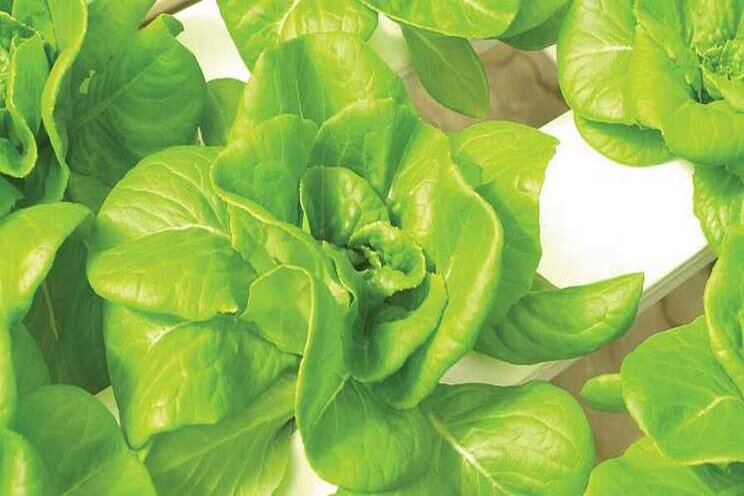First-ever food safety standard for indoor produce launched
Added on 05 May 2021

The Leafy Greens Module is measured against science-based criteria and is an add-on to existing compliance with an underlying Global Food Safety Initiative (GFSI) recognized food safety standard. To learn more about the certification and auditing process, click here.
Traditional food safety risk profiles include examining the physical hazards and microbial hazards from water use, herbicide and pesticide use, and impact from animals and animal byproducts, many elements that do not impact CEA growers in the same way, if at all. The CEA Leafy Greens Module enables CEA growers to distinguish produce grown indoors while ensuring the highest standard of quality and compliance is achieved.
"Current food safety standards were written for the field, and many do not address the unique attributes of controlled, indoor environments," says Marni Karlin, Executive Director of the Coalition. "This new certification process and the accompanying on-pack seal helps to unify CEA growers while also differentiating them from traditional field agriculture. It also better informs consumers and provides a quick-glance image to know when produce has been grown safely indoors, with a high standard of quality and without some of the hazards of the field, such as potential contamination from animal byproducts."
The food safety standard certification program is available to all CEA Coalition members for a nominal cost and must be completed on an annual basis. CEA growers can be assessed for multiple sites across four key areas:
- Hazard analysis: Use of water, nutrients, growing media, seeds, inputs, site control, and other relevant factors
- Water: All contact with the plant and with food contact surfaces. The use of recirculating water will require a continuing hazard analysis. Will also require zone-based environmental monitoring based on company-specific risk assessment.
- Site control/Infrastructure/System Design: All food contact surfaces and adjacent food contact surfaces, including plant containers. Will also assess associated farm physical hazards, including lighting, robotics, sensors, equipment, utensils, etc.
- Pesticide Use/Testing: The use of pesticides or herbicides during the plant life cycle.
"The CEA industry is rapidly expanding and predicted to support more than 10% of US vegetable and herb production by 2025," says Rebecca Anderson, Technical Key Account Manager for GLOBALG.A.P. North America. "The CEA FSC Leafy Green Module will set a new industry standard for CEA-grown produce while driving consumer awareness of the innovations happening in indoor agriculture today."
First conceived in 2019 to distinguish CEA-produced greens from field-grown greens that have been at the epicenter of many industry-crippling recalls, the Coalition successfully worked to educate the CDC and FDA about the limited risk of contamination for indoor produced leafy greens, ensuring CEA-produced leafy greens remained on store shelves during later lettuce recalls.
Learn more about the Coalition's recent efforts in this three-part series.
In addition to overseeing development and revisions to the CEA Leafy Greens Module and seal, the Coalition's mission includes spearheading research development that supports the industry and championing CEA-grown produce as a critical component of safe and secure domestic food supply. Founding members include AeroFarms, Bowery Farming, BrightFarms, Little Leaf Farms, Plenty, Revol Greens, Superior Fresh, and Vertical Field.
Source and Photo Courtesy of Greenhouse Grower
Source: Greenhouse Grower
More news















